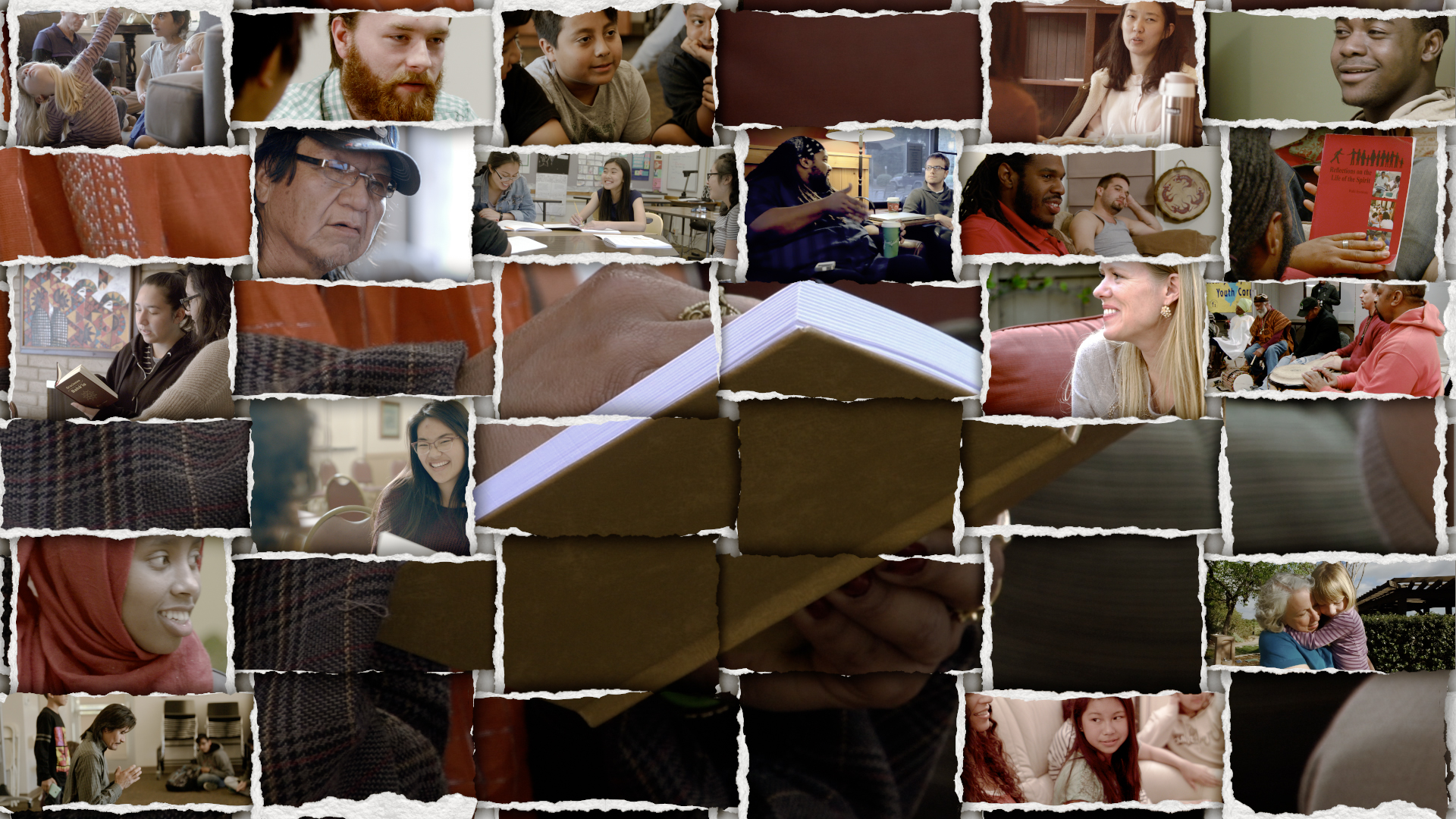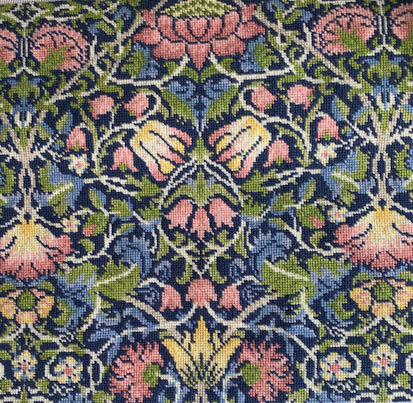Uncovering Canada’s Rich Tapestry: A Journey Through the Map of Indigenous Nations
Uncovering Canada’s Rich Tapestry: A Journey Through the Map of Indigenous Nations

Canada, a land of vast landscapes and diverse cultures, holds a history deeply intertwined with its Indigenous peoples. From the rugged peaks of the Rockies to the rolling plains of the prairies, and from the dense forests of the East Coast to the icy shores of the Arctic, Indigenous nations have inhabited this land for millennia. Their stories, traditions, and languages are the very fabric of Canada’s identity, and understanding their presence on the map is essential to appreciating the country’s true complexity.
A Legacy of Resilience: The First Nations, Inuit, and Métis
Related Articles: Uncovering Canada’s Rich Tapestry: A Journey Through the Map of Indigenous Nations
- Discover the Rich Culture & History of Odawa Tribe: A Journey into Native American Heritage
- Owls: Ancient Symbols of Wisdom and Mystery for Native Americans
- Festive Native American Christmas Traditions: Celebrating with Rich Cultural Rituals!
- Discover the Enchanting World of Australian Animals: Unveiling Their Aboriginal Lore
- Reviving Ancient Wisdom: Unearthing Native Farming Techniques
Canada’s Indigenous peoples are not a monolithic group but rather a diverse tapestry of distinct First Nations, Inuit, and Métis communities. Each nation has its own unique history, language, culture, and relationship to the land.
-
First Nations: Comprising over 600 distinct nations, First Nations peoples are the original inhabitants of Canada, with a presence stretching back thousands of years. Their territories encompass every region of the country, from the coastal shores of British Columbia to the boreal forests of Ontario and the rolling plains of the Prairies.
-
Inuit: The Inuit people inhabit the vast and challenging Arctic regions of Canada, where their resilience and adaptability have allowed them to thrive in one of the most extreme environments on Earth. Their traditional way of life, centered around hunting and fishing, has shaped their unique culture and deep connection to the land.
-
Métis: The Métis people, a vibrant and diverse community, emerged from the intermarriage of European fur traders and Indigenous women. Their history is intricately woven into the fabric of Canada, particularly in the Prairie provinces, where they played a crucial role in the fur trade and the development of the West.

Navigating the Map: A Visual Guide to Indigenous Territories

The map of Canada’s Indigenous nations is not merely a collection of geographical boundaries; it is a living testament to the rich cultural and historical tapestry of the country. To truly appreciate the diversity and complexity of Indigenous presence in Canada, it is essential to engage with the map on a deeper level.
Exploring the Map: Key Points to Consider
-
Treaty Territories: The map reveals the intricate network of treaties signed between Indigenous nations and the Canadian government. These treaties, while often complex and contested, represent a significant part of the legal and historical framework governing Indigenous land rights and self-governance.

-
Land Claims: The map also highlights ongoing land claims processes, reflecting the ongoing struggle of Indigenous nations to secure recognition of their ancestral territories and rights. These claims represent a crucial step towards reconciliation and the recognition of Indigenous sovereignty.
-
Language and Culture: Each nation on the map possesses its own unique language and culture, reflecting the diversity of Indigenous traditions and ways of life. Exploring the map can offer insights into the vibrant tapestry of languages, ceremonies, and artistic expressions that have shaped Indigenous communities for generations.
-
Contemporary Issues: The map serves as a reminder of the contemporary challenges facing Indigenous communities in Canada. Issues such as poverty, access to healthcare, education, and environmental justice are deeply intertwined with the historical injustices experienced by Indigenous peoples.
Beyond the Map: Engaging with Indigenous Voices
The map is a valuable tool for understanding the historical and contemporary realities of Indigenous peoples in Canada. However, it is essential to remember that the map is only a starting point. To truly appreciate the richness and complexity of Indigenous cultures and experiences, it is crucial to engage with Indigenous voices and perspectives.
-
Learning from Indigenous Elders: Seek out opportunities to learn from Indigenous elders and knowledge keepers, whose stories and teachings offer invaluable insights into the history, traditions, and resilience of Indigenous communities.
-
Supporting Indigenous Artists and Writers: Engage with Indigenous art, literature, and music, which offer powerful expressions of Indigenous identity, experiences, and perspectives.
-
Participating in Reconciliation: Actively participate in initiatives aimed at reconciliation and the promotion of Indigenous rights and self-determination.
A Journey of Understanding: Building Bridges of Respect
The map of Canada’s Indigenous nations is a powerful reminder of the enduring presence and cultural richness of Indigenous peoples. By engaging with the map and actively seeking to understand the history, traditions, and perspectives of Indigenous communities, we can contribute to a more inclusive and equitable Canada.
Beyond the Map: A Deeper Dive into Indigenous Territories
1. The West Coast: A Tapestry of Nations
The west coast of Canada is home to a diverse array of First Nations, each with its own unique culture and relationship to the land.
-
Haida Gwaii: The Haida people, known for their intricate art and powerful oral traditions, inhabit the islands of Haida Gwaii, located off the coast of British Columbia. Their connection to the sea and the forests is deeply ingrained in their culture, reflected in their carvings, weaving, and storytelling.
-
Coast Salish: The Coast Salish people, encompassing numerous nations along the coast of British Columbia, are renowned for their intricate carvings, ceremonial dances, and rich oral traditions. Their territories encompass a vast region, from the Strait of Juan de Fuca to the Fraser River.
-
Nuxalk: The Nuxalk Nation, located on the central coast of British Columbia, has a deep connection to the land and the sea. Their traditional territories encompass the Bella Coola Valley and the surrounding mountains, where they have lived for millennia.
2. The Prairies: A Land of Resilience
The vast prairies of Canada are home to numerous First Nations, Métis, and Inuit communities, each with its own unique history and relationship to the land.
-
Cree: The Cree people, one of the largest Indigenous groups in Canada, have a presence throughout the Prairie provinces and into northern Ontario. Their traditional territories encompass vast expanses of forest, grasslands, and waterways.
-
Blackfoot: The Blackfoot Confederacy, comprising the Siksika, Kainai, and Piikani nations, has a long history on the prairies of southern Alberta and Saskatchewan. Their traditional way of life was centered around the buffalo hunt, and their culture is rich in ceremonies, stories, and traditions.
-
Métis: The Métis people, a vibrant and diverse community, played a crucial role in the development of the prairies. Their history is intertwined with the fur trade and the establishment of settlements in the region.
3. The North: A Land of Ice and Resilience
The Canadian Arctic, a land of vast icy landscapes and challenging conditions, is home to the Inuit people. Their resilience and adaptability have allowed them to thrive in one of the most extreme environments on Earth.
-
Inuit: The Inuit people, who inhabit the Arctic regions of Canada, Greenland, and Alaska, have a deep connection to the land and the sea. Their traditional way of life is centered around hunting, fishing, and the use of natural resources.
-
Nunavut: The territory of Nunavut, established in 1999, is home to the majority of Canada’s Inuit population. It is a vast and remote region, encompassing the eastern Arctic and the islands of the Canadian Archipelago.
4. The East Coast: A History of Coastal Connections
The east coast of Canada, with its rich history and diverse cultures, is home to numerous First Nations communities.
-
Mi’kmaq: The Mi’kmaq people, whose territory encompasses Nova Scotia, Prince Edward Island, New Brunswick, and parts of Quebec and Maine, have a deep connection to the sea and the forests. Their traditional way of life was based on fishing, hunting, and gathering.
-
Innu: The Innu people, whose territory stretches across the Labrador peninsula and into Quebec, have a long history of hunting, fishing, and trapping in the boreal forests and along the coast. Their language and culture are closely tied to the land and the sea.
5. The Great Lakes: A Tapestry of Nations
The Great Lakes region of Canada is home to numerous First Nations communities, each with its own unique history and relationship to the land and water.
-
Anishinaabe: The Anishinaabe people, also known as the Ojibwe, Odawa, and Potawatomi, have a presence throughout the Great Lakes region, from Ontario to Manitoba. Their traditional territories encompass vast expanses of forest, lakes, and rivers.
-
Haudenosaunee: The Haudenosaunee, also known as the Iroquois Confederacy, have a long history in the Great Lakes region, stretching back centuries. Their territory encompasses parts of Ontario, Quebec, and New York State.
The Map as a Guide to Reconciliation
The map of Canada’s Indigenous nations is not merely a geographical representation; it is a powerful tool for understanding the complex history and contemporary realities of Indigenous peoples in Canada. By engaging with the map and actively seeking to understand the history, traditions, and perspectives of Indigenous communities, we can contribute to a more inclusive and equitable Canada.
The map is a reminder of the need for reconciliation and the importance of recognizing the rights and self-determination of Indigenous nations. It is a call to action, urging us to learn from the past, engage with Indigenous communities, and work together to build a brighter future for all Canadians.

Closure
Thus, we hope this article has provided valuable insights into Uncovering Canada’s Rich Tapestry: A Journey Through the Map of Indigenous Nations. We hope you find this article informative and beneficial. See you in our next article!